[Good morning!! And welcome to another installment of our Side Hustle Series! Where our guest, Jim, over at Investment Soup digs in and shares a passion gig of his… Perfect for all those who love nature and gardening! I guess money really *can* grow on trees – heyo!)
******
The biggest challenge with starting a side hustle today, is navigating the sea of opportunities.
Anyone can come up with a better “mouse-trap” and improve on something, then successfully and inexpensively bring it to market. Today’s market is global, buyers are savvy, and up until the recent stock market crash, buyers were flush with cash. The internet has been a ‘game changer’ when it comes to product marketing, product acquisition, and education.
Due to the sheer scale of people you’re able to reach, the ability to find someone who will buy your product or use your service is nothing short of astounding. Truly, the only thing standing in the way of your success when starting a side hustle is that person smirking at you as you stand in front of the mirror.
Now, there are side hustles which require a longer learning curve such as building and growing a website, or starting a drop-shipping business. And, there are others which call for having a network of contacts, such as a bookkeeping service, but the success of these still requires the person in that mirror to be wholly committed and motivated.
There is however, a fantastic side hustle for those keen on working with their hands, and interested in enjoying one of Mother Nature’s Wonders, known as photosynthesis.
This side hustle, like most others, takes patience, but unlike others is bound to leave your fingernails dirty. This side hustle is also very scalable, and people will literally line up on any Saturday in Spring to trade copious amounts of paper containing the faces of dead presidents for your entire inventory.
It’s called Plant Propagation, and can be done on a very small scale in your garage, basement, or backyard. Or you can become a massive wholesaler who provides inventory to the big box stores. It’s your decision, you get to steer this ship, mate!
So, what is plant propagation? According to Wikipedia:
Plant Propagation is the process by which new plants grow from a variety of sources: seeds, cuttings, and other plant parts.
Or, if you prefer the layman’s interpretation: It’s the act of tossing a seed into a container of nutritious soil, consistently watering and occasionally fertilizing said container, until the seed propagates into a sellable plant. Talk about Growing Dollar Bills; this is it, brotha!
There are 3 types of plant propagation I recommend using.
#1. Starting plants from seeds
Seeds are cheap. Heck, you can get 50 Japanese Maple seeds for $9.99 from Amazon that grow up to look like this!
That’s not even 2 dimes per seed! Good Golly!
So, a $10 investment, some fertilized soil, a small pot and a little time, you could sell each plant for $6; All. Day. Long.
If each seed germinated and grew to a sellable size, (at least 8-10 inches) you’d have very little problem selling for $6 each. This equates to a return on investment of 29.9%.
Look here:
I just potted up these Red and Green Japanese Maples 2 weeks ago, and plan on selling them next Fall for $6 each.
It’s best to pot them up now, so they’re not stressed by the heat of summer, and with some warm days left before this year’s winter solstice, they should have time to germinate.
They will go dormant in the winter, so don’t worry – they’re still alive. But once the temperature of the soil increases in the spring, they will thaw and continue growing.
Now, I’ll admit this doesn’t happen overnight – seeds grow slow. And the likelihood of all 50 seeds turning into a 10 inch sellable plant are remote. But business is all about risk management, and the level of risk in plant propagation is virtually non-existent.
#2. Buying Rooted Plant Cuttings
So you’re not the most patient individual, I get it. Minute rice takes 45 seconds too long for you, I’m with ya. I’ve got a solution for your kind..
Fast-track plant propagation
Instead of seeds, you can buy rooted plant cuttings in bulk and grow them into a sellable plant. Which is exactly what I did with these plants:
These are a mix of arborvitaes; Green Giant, Emerald Green, and Japanese, which are the perfect plant to build your plant propagation business around.
Why arborvitaes are the the perfect plant to start with
They’re hearty, they grow fast, and grow well in even the most challenging soil. And, people will buy these by the 100s. Literally, by the 100s!
Arborvitaes, and really most evergreen plants, are in such demand because people buy a lot of them at once. They’re perfect as a screen for noise reduction, a property divider, and *bonus perk* – they will stay green all year long!
Some other plants I would focus your plant propagation business on are:
Sprieas and Hostas.
There are so many varieties of hostas, you could almost focus your entire plant propagation business solely on them. Not to mention they’re extremely scalable because you can take one mature plant, divide it into 4-5 other plants, pot them up, and then sell each one of them for $6.
Spireas are also a ‘best seller’ due to their long flowering period which can last from early summer until the first frost. Spireas are not overly picky about soil type and PH either, but they do prefer a well-drained soil. People rave about their decorative flower colors and the pollinating insects they attract, especially butterflies.
There are plenty of nurseries where you can order rooted cuttings online and they will ship them directly to your door.
Chief River Nursery will sell you 1,000 rooted arborvitaes for only $3.93 each!
Arborvitaes have one of the highest success rates too, so if you bought 1,000 of them and 950 matured to a sellable plant at $6 each, you’d pocket a cool $5,700. Of course, you have to figure in the price of soil, pots, water, and fertilizer, but it’s still a fabulous return on investment.
#3. Grafting your own plants
Grafting plants is an ancient practice of taking two plants and joining their tissues together to create a new plant.
A proper grafted plant involves joining a rootstock (the mature plant), and the plant below the graft, with the scion (the young shoot), which is the plant above the Graft, and creating one new plant.
Grafting is often used with fruit trees, as a way of improving the plants hardiness and yield. You’re likely going to have the best results in plant grafting when you use the same species of plant.
Case in point – you’re going to have more success grafting two species of apple trees together rather than a plum and an apple tree. That is, unless you’re trying to create the world’s first ‘Plapple Tree’. And, who knows, a Plapple Tree may be a best-seller, so I’m not trying to talk you out of that!
Plant grafting is cool and scientific, but it’s also very labor intensive and as such not overly cost effective.
If you’re looking to start a successful plant propagation business, you’re going to need to sell large quantities of plants. In order to do this, you need to concentrate on building up a large inventory.
I would suggest building an inventory of just a few types of plants in the beginning, until you learn what your buyers are really interested in. This is the beauty of plant propagation, you only need to grow a small variety of plant species, but on a large scale, and every last one of them will sell.
Where can you sell your plants
People are always looking for deals on plants. You can use Facebook Marketplace, Craigslist, or even your local paper, but these may involve loading up plants and meeting the buyer at some neutral site.
It’s much better if they come to you, that way you create an environment where people can impulse buy. Not to mention providing some nice scenery for them to look at! All plant buyers just love looking at plants, and they’d love another opportunity to do so outside of big box stores.
One idea is having a Saturday Plant Sale.
Set a date for a ‘Gargantuan Plant Sale’ in May, and give yourself enough time to properly get the word out. Generate interest beforehand by posting pictures on social media of plants you’ll be selling, and mention the date of this ‘Gargantuan Plant Sale’.
You will have people begging to let them come by before the sale, I promise. And if so, you’ll now have the option to charge these folks a premium for early viewing!
Oh and, don’t forget to include a tag (like the one below) on every species of plant to give the buyer a way to visualize where the plant will best fit in their yard:
These pots work really well too, and you can order them in bulk. I use the ones below myself and they’re durable, look good, and will stand the test of time.
You can pick up 110 of them off Amazon for $25.95 (or 24 cents each).
Plant Propagation Business ROI
A $5,000 investment in various species of arborvitaes, hostas, and spireas will easily yield a 5x multiple the first year. The second year, when you can divide your hostas and take rooted cuttings from your initial stock, you will easily 10-15xX your initial investment.
With each passing year your initial investment amortizes until the value of your plants far exceeds the $5,000 you originally spent. It’s similar to a DRIP program for dividend stocks, but with plants :-)
In conclusion, while starting a plant propagation business does take a little time to ramp up, it’s profit margins are fantastic. It also has one of the lowest barriers of entry, and scaling up is super easy.
Worst case – you grow a bunch of plants that don’t sell well, and now you have some to give away as gifts or decorate your yard with! It’s truly a win-win!
*******
Jim runs the site InvestmentSoup.com where he talks about investing in stocks, flipping real estate, and other investment related topics. You can also find him on Twitter at @InvestmentSoup.
Don’t like this hustle? Try one of these on instead!
- Running a Christmas Tree Stand ($7,500/season)
- Running a Photo Booth! ($100/hr)
- Becoming a Voiceover Actor ($300-$400/pop/avg)
80+ more hustles –> Side Hustle Series
————
*Plant gif by Kiki-of-Music
**All links to Amazon products above are affiliate links
Get blog posts automatically emailed to you!


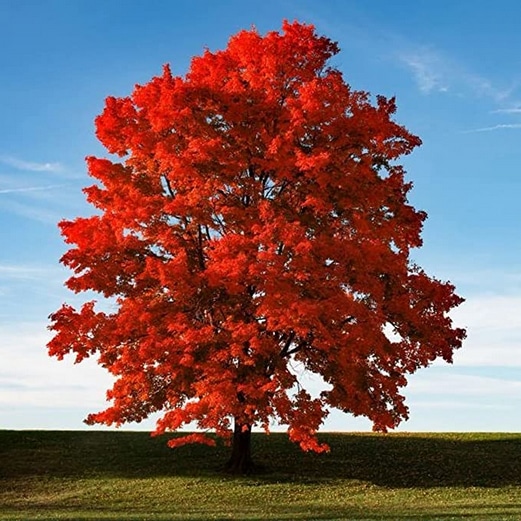

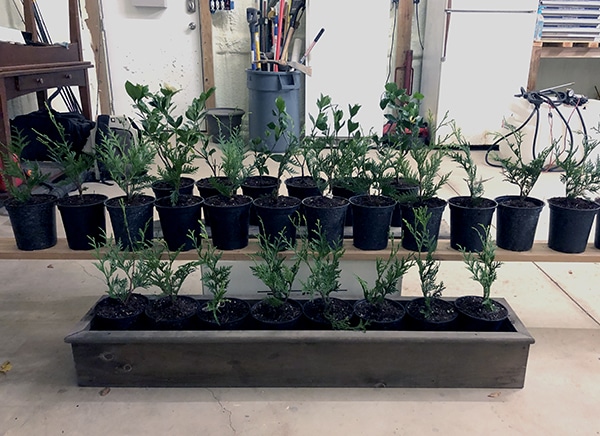
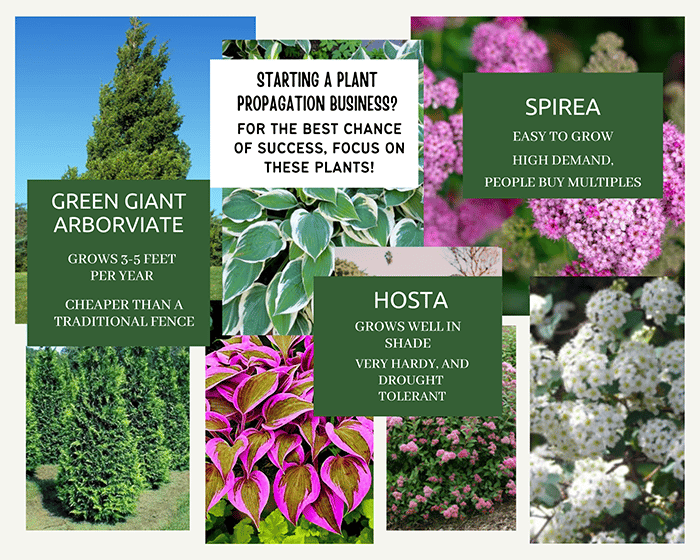
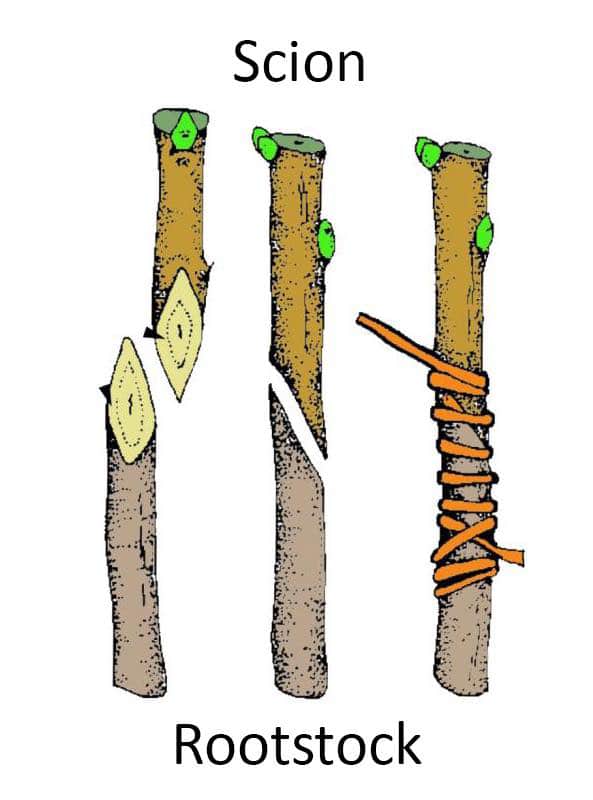
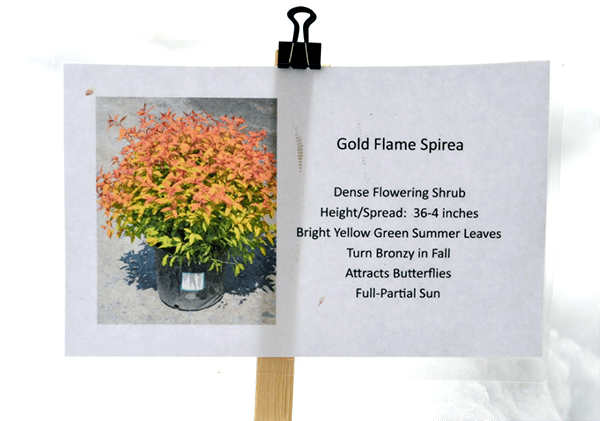
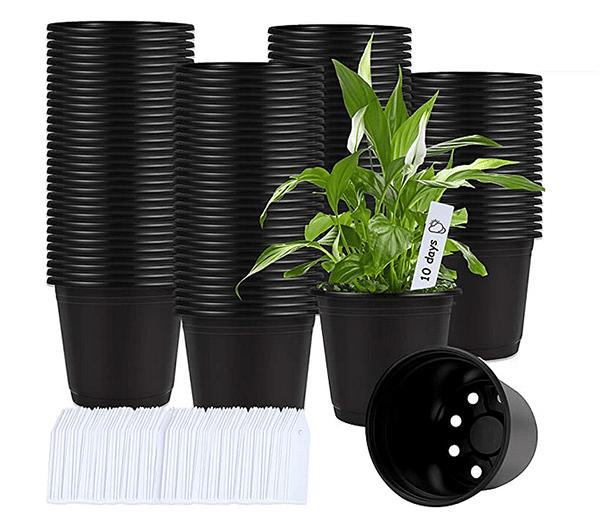




I’m also working on a plant propagation business, although my focus is on succulents. I just love them so much, it seemed like a fun way to make money on the side. It’s worth mentioning that some states require you to have a nursery license before you can do something like this (I’m in Florida and I had to contact the Dept. of Agriculture and you also have to dig into maintenance techniques to deal with bugs. I’ve read alot about Neem oil and the like of late, these are both things I hadn’t considered before I started collecting plants. :)
Thats awesome Lauren, and you are so right, all states have different laws and regulations regarding a nursery license, thanks for bringing that up. Good luck with the succulent business, I’m sure you will do quite well with it!
Super cool, Lauren!! Never heard of Neem oil before but now of course I have to google it, lol… Good to learn at least one new thing a day ;)
don’t forget the produce side! broccoli FTW :)
I am a flower farmer (another side hustle). One big thing left out of the above is SPACE. You will need a greenhouse in many climates to overwinter this many plants for a year or more. The photo above shows a high tunnel, landscaping fabric, and lots of soil, which is also not cheap. Plus, irrigation. I’m not saying this won’t work or isn’t a good business idea; but you need to evaluate your resources. If you want to start, growing vegetable or flower seedlings is much easier.
Thanks for the tip! I like the vegetables route – would be amazing to be able to eat what you grew :)
Personally, if I was doing this right now I would look to differentiate by focusing on natives. There is an increasing demand for natives vs non-natives, and many native nurseries had gone insolvent prior to this change in demand. In the past several years I have gotten VERY into gardening for pollinator gardening and gardening for wildlife. Local versions of milkweeds (monarch caterpillar host plant) are always a big item.
Examples: Swamp Milkweed – Asclepia Incarnata, Butterfly Milkweed – Asclepia Tuberosa, NOT tropical milkweed)
Buttonbush (Cephelanthis Occidentalis); Male and Female Spicebush (Lindera Benzoin), Foamflower for shade (Tiarella Cordifolia), Luna Red Hibiscus Masheuto, Little Bluestem Grass, Asters! (Symphotrycum), Goldenrod (Solidago), Bee Balm (Monarda), Sunflower (Helianthus) for annuals, Viburnam (Arrowwood Dentatum), Wax Myrtles (Myrica) for evergreens, Coral Honeysuckle for vines (Lonicera Sempervirens NOT Japonica=invasive species lists), etc.
Basically, anything that is listed on the Recommended Keystone Plant list from the National Wildlife Federation for your ecoregion.
[https://www.nwf.org/Garden-for-Wildlife/About/Native-Plants/keystone-plants-by-ecoregion]
Ahhhh this is so great, thank you!! I think next you need to add a beehive or two and make your own natural honey too :)
Awesome idea! I’ve been looking for an idea and this might be it!